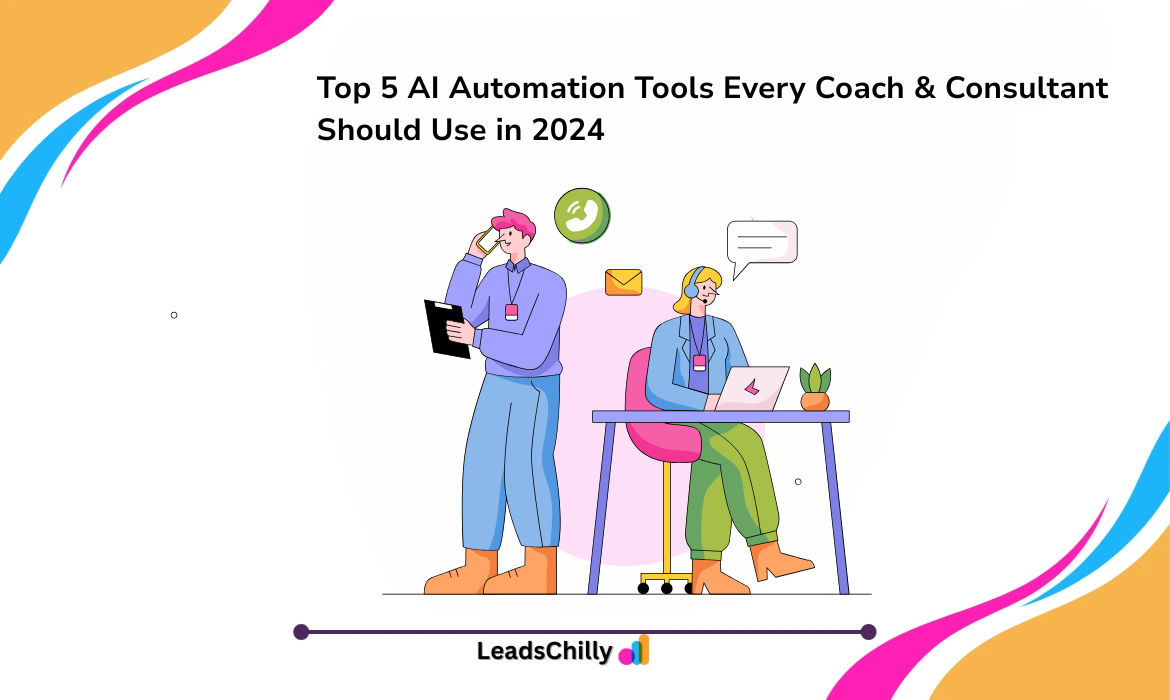The B2B sales pipeline is a crucial framework for businesses aiming to maximize revenue by efficiently managing each stage of the sales process. According to recent statistics, “B2B companies that optimize their sales pipelines can increase their revenue by up to 28% . Additionally, businesses that actively manage their sales pipelines experience a 15% higher growth rate.” These figures highlight the importance of having a structured, well-maintained pipeline in place.
In this blog, we’ll break down the critical steps for mastering your B2B sales pipeline—from defining the pipeline to optimizing each stage for maximum revenue growth.
Quick Overview Table: Proven Steps to Skyrocket Your B2B Sales Pipeline
|
Stages of B2B Sales Pipeline |
Key Actions |
|
Prospecting |
Identify potential leads through research and outreach |
|
Qualification |
Assess the suitability of leads based on predefined criteria |
|
Consideration |
Engage leads with personalized communication |
|
Proposal |
Present solutions that match the lead’s specific challenges |
|
Closing |
Finalize the deal by addressing objections and negotiations |
|
Post-Sale |
Nurture client relationships for long-term retention |
|
Best Practices |
Metrics to Track |
|
Regularly update the pipeline |
Lead Conversion Rate |
|
Prioritize high-value leads |
Average Deal Size |
|
Improve follow-up strategies |
Sales Cycle Length |
|
Collaborate with sales and marketing |
Pipeline Velocity |
|
Provide continuous training |
Win Rate Analysis |
What is a B2B Sales Pipeline?
A B2B sales pipeline visually represents the sales process, showing each step from initial contact with potential leads to closing deals. It helps businesses track and manage the flow of potential customers, ensuring no opportunity falls through the cracks.
Definition and Importance of a B2B Sales Pipeline
A B2B sales pipeline provides clear visibility into your sales process. It enables you to manage deals efficiently, predict future revenue, and identify bottlenecks. Having a well-structured pipeline is critical for ensuring that each lead is handled with care and moves smoothly through the stages.
Key Differences Between B2B and B2C Sales Pipelines
B2B sales pipelines typically involve longer sales cycles, more decision-makers, and larger deal sizes compared to B2C pipelines. While B2C focuses on short, high-volume transactions, B2B requires a deeper relationship and more detailed engagement with leads.
Role of a Sales Pipeline in Revenue Growth
The B2B sales pipeline directly impacts revenue growth by ensuring that all potential leads are nurtured properly. A well-maintained pipeline helps sales teams focus on the most promising leads, close deals faster, and increase overall sales efficiency.
Stages of a B2B Sales Pipeline
A typical B2B sales pipeline consists of several stages that guide potential customers from initial contact to a closed deal. Let’s break down each stage:
Prospecting: Identifying Potential Leads
The first stage involves finding potential leads. Use various strategies, such as networking, inbound marketing, and cold outreach, to identify companies that may be interested in your product or service.
Qualification: Assessing Lead Fit
Once you have leads, it’s crucial to assess whether they fit your target market. Factors like company size, industry, and budget should be considered to avoid wasting time on unqualified prospects.
Consideration: Engaging with Qualified Leads
At this stage, you engage with qualified leads through personalized communication. Your goal is to understand their pain points and how your solution can meet their needs.
Proposal: Presenting Solutions
Present your solution in the form of a tailored proposal. Highlight how your product or service can address their specific challenges, and emphasize the benefits.
Closing: Securing the Deal
This stage involves final negotiations and agreement signing. Overcoming objections and addressing any last-minute concerns are key to securing the deal.
Post-Sale: Nurturing Client Relationships
After closing, focus on nurturing the relationship. Provide ongoing support and explore opportunities for upselling and cross-selling.
How to Build a B2B Sales Pipeline
Building a successful B2B sales pipeline involves careful planning and execution.
Setting Clear Sales Goals
Define measurable sales goals that align with your business objectives. These should include revenue targets, deal size, and the number of deals to close.
Identifying Your Ideal Buyer Persona
Understanding your ideal customer is essential. Build a detailed buyer persona that includes demographics, industry, challenges, and purchasing behaviors.
Creating a Lead Generation Strategy
Develop a robust lead generation strategy to keep your pipeline filled with potential customers. Use content marketing, SEO, and paid ads to attract leads.
Establishing the Sales Process Workflow
Outline a clear, repeatable workflow for your sales team to follow. Each step should be designed to guide leads smoothly through the pipeline.
Using CRM Software for Pipeline Management
Invest in a reliable CRM software to track leads and manage every stage of the pipeline. It will automate key tasks and help you stay organized.
Conclusion
Mastering the B2B sales pipeline is crucial for consistent revenue growth. By optimizing each stage and tracking the right metrics, you can increase efficiency, close more deals, and ultimately scale your business. Start by setting clear goals, identifying your buyer persona, and implementing a robust CRM to manage your pipeline.
LeadsChilly offers all the tools you need to build and optimize your sales funnel, from start to finish. With our 14-day free trial, you can automate lead nurturing, track progress, and maximize conversions
Frequently Asked Questions
A B2B sales pipeline is a visual representation of the steps in the sales process, helping businesses track potential deals from prospecting to closing.
To improve your pipeline, regularly update it, prioritize high-value leads, and use CRM software to track each stage.
Key metrics include lead conversion rate, average deal size, sales cycle length, pipeline velocity, and win rate.
CRM tools automate tasks, keep track of leads, and provide insights into how deals are progressing through your pipeline.
Streamline lead qualification, improve proposal strategies, and leverage automation to reduce delays in communication.




Comments are closed.